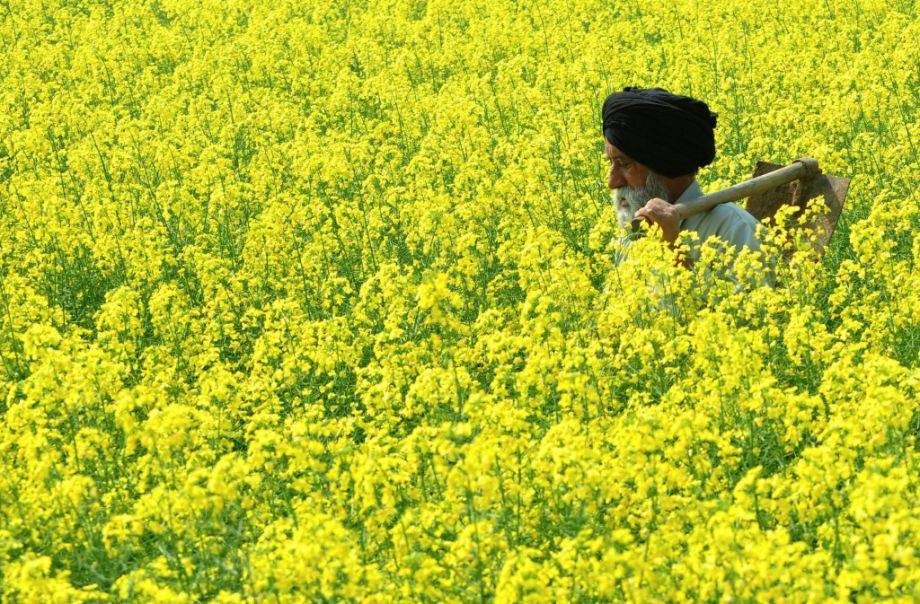
Mustard Farming: The Rabi sowing has been delayed due to unseasonal rains. Farmers have now emphasized on mustard cultivation as an alternative to jowar and wheat. Although jowar and wheat are the main crops in Rabi season, farmers are now opting for mustard due to falling rates and difficulty in harvesting.
Farmer’s New Favorite - Mustard
Although mustard is sown in small fields in some localities only, this year the picture is changing. Farmers are focusing more on mustard cultivation as an alternative to wheat. Because its price is 60 to 70 percent more than the minimum base price. In such a situation, if farmers cultivate mustard with the advice of scientists, then the crop will be better. Scientists of Indian Agricultural Research Institute have also advised farmers to sow wheat and mustard.
5 Best Tips Related to Mustard Cultivation:
(1) For the cultivation of mustard, farmers should sow mustard keeping in view the optimum temperature (15-20 degree celcius). Do not delay the sowing of mustard for too long.
(2) Soil testing: In case of deficiency of sulfur, apply 20 kg/ha on the last tillage. Apply 15-20 tonnes of FYM or compost at the time of field preparation along with 60-90kg nitrogen, 60 kg P2O5 and 40 kg K2O per hectare. Split application of nitrogen has been found useful for rape and mustard crops. Also, ensure that the soil has proper moisture before sowing.
(3) Profitable varieties: Farmers should sow Pusa Vijay, Pusa-29, Pusa-30, Pusa-31 varieties, for higher disease-free yields. At the same time, the moisture levels should be maintained in the field before sowing so that germination is not affected.
(4) Before sowing, seeds should be treated with Captan 2.5 grams per kg. Also sowing in rows will prove to be more beneficial for healthier yields.
(5) Spacing: Plant to plant distance should be 12-15 cm. With scientific techniques, farmers can cultivate mustard and get plentiful harvests.
If you want more details then do let us know through the comment box given below.











